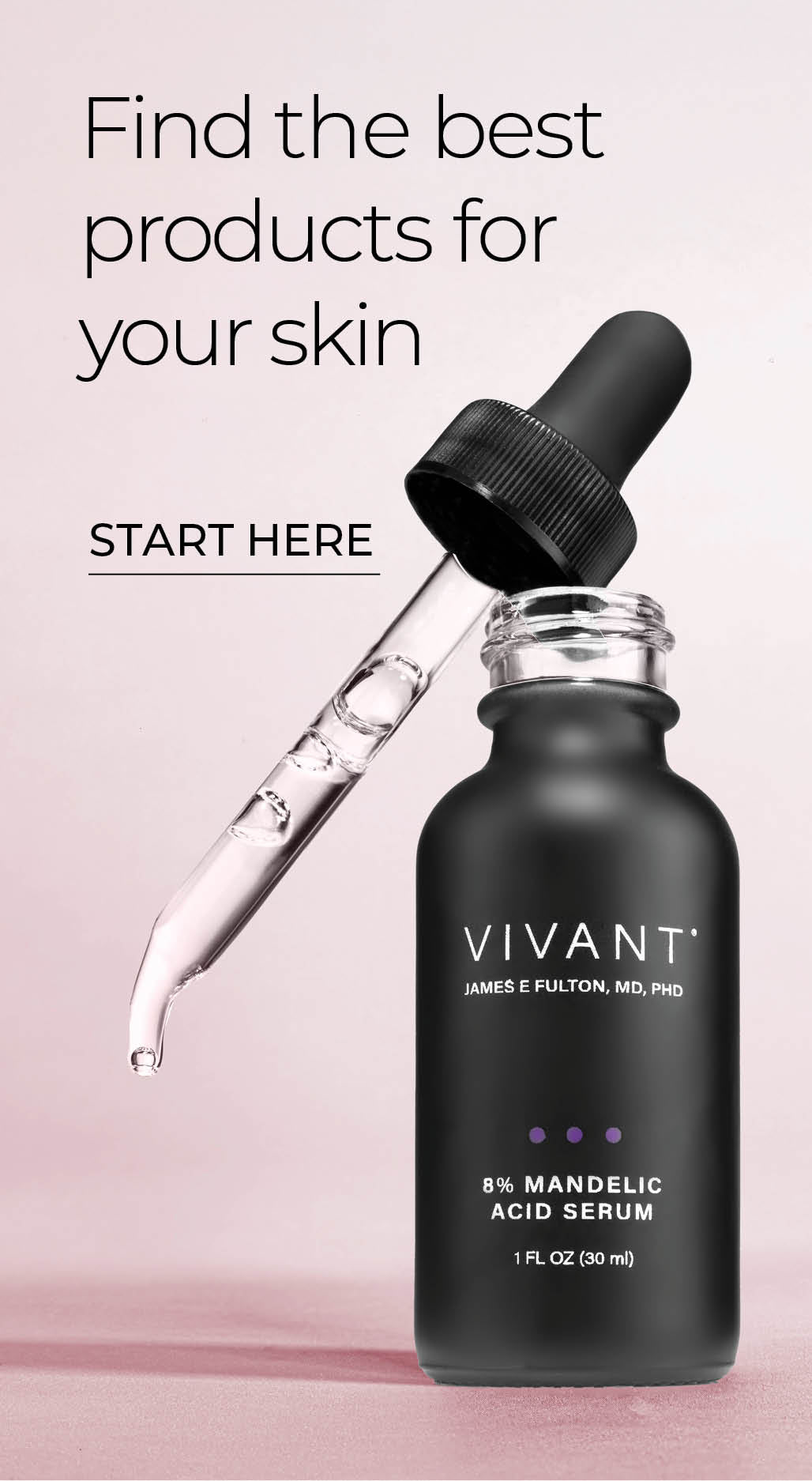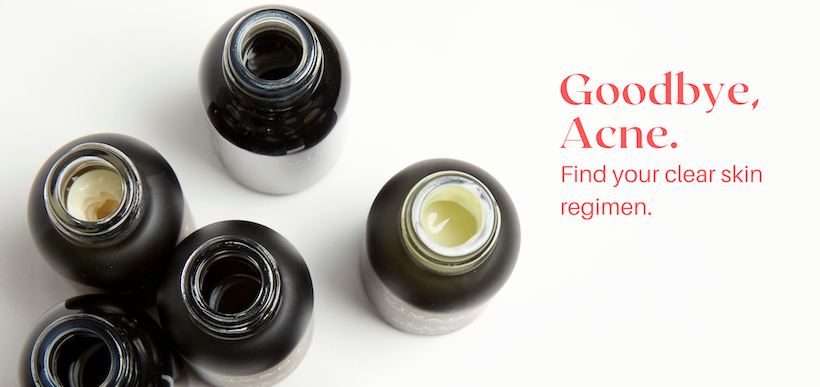What’s the Fitzpatrick Scale and What’s It Got to do with Your Skin?

The Pantone SkinTone™ Guide contains 110 different shades representing the full range of human skin tones. The company known for defining a universal language of color created its skin tone guide by scientifically measuring thousands of human skin hues. (Though this project by Brazilian artist Angelica Dass seems a likely inspiration).
Fortunately, to understand your skin tone and how to best care for it, you don’t need to sift through 110 different options. You only need to identify yourself among six. Let’s examine the Fitzpatrick Scale and what it means to your regimen.
Long before Pantone (or Dass), there was Thomas Fitzpatrick, a Harvard Med School dermatologist who was looking for a way to classify a person’s complexion relative to their tolerance to sunlight. His goal was to create a simple, standardized system for determining an individual’s risk of developing skin cancer. The scale has since become the essential tool for skin care professionals in treating clients. It can also help guide your choices about which products and professional treatments are best for your skin.
What is the Fitzpatrick Scale?
Type I - Skin Color: Light, pale white, freckled (blue eye color)
Reaction to sun: Always burns, never tans.
Type 2 - Skin Color: White, Peach; Fair (blue, green, hazel eye color)
Reaction to sun: Usually burns, tans with difficulty.
Type 3 - Skin Color: White to light brown, Olive (dark blue, hazel, brown eye color) Reaction to sun: Sometimes mild burn, gradually tans to a light brown.
Type 4 - Skin Color: Olive, light to moderate brown (light brown eye color)
Reaction to sun: Rarely burns, tans with ease to a moderate brown.
Type 5 - Skin Color: Brown, dark brown (dark brown eye color)
Reaction to sun: Very rarely burns, tans very easily.
Type 6 - Skin Color: Black, very dark brown to black (dark brown eye color)
Reaction to sun: Never burns, tans very easily, deeply pigmented
What does the scale tell us?
Melanin is the deciding factor in how skin reacts to the sun, the extent of the risk of skin cancer. The more melanin in the skin the greater the protection from harmful effects of UV.
Skin types 1 through 3 are more at risk for sun damage and should take extra care to protect from UV damage, which has long-term effects, including accelerated aging and the risk of melanoma. However, tones 4 through 6 are not immune to the effects of the sun and carry some of their own unique risks. Even Fitzpatrick 6 tones experience photodamage and cancers. EVERY skin type requires daily sunscreen.
The scale also provides a basis for making better choices regarding skin care products and treatments.
Procedures that use excessive heat or cause irritation can have complications for skin at the higher end of the scale (types 4-6). The larger concentration of melanin in these skin types mean they are at greater risk for hyperpigmentation, the over-production of pigment in response to skin injury. If you’re thinking about having a chemical peel, laser treatment, or dermabrasion, you’d be wise to discuss your Fitzpatrick type with your aesthetician. Depending on the treatment and your skin, the risks can be mitigated with proper preconditioning of the skin.
Skin care products can also be triggering to Fitzpatrick’s 4-6. Ingredients that are harsh or irritating should be avoided. Gentler acids like lactic acid, which works on the surface of the skin, or mandelic acid, which has a larger molecular structure that slows its absorption rate, are a great choice for sensitive tones including Asian, Latina, or Black skin.
Brightening agents range from very gentle mandelic acid to the most advanced hydroquinone. Mandelic acid is ideal for Fitzpatrick’s 4-6. Hydroquinone can be used if the skin is conditioned in advance, but again, this is something to discuss with your aesthetician.
If you fall in the Fitzpatrick 1 to 3 categories, your skin may be reactive to certain topicals or treatments, but the reaction is more likely to appear as redness or irritation rather than hyperpigmentation.


Comments